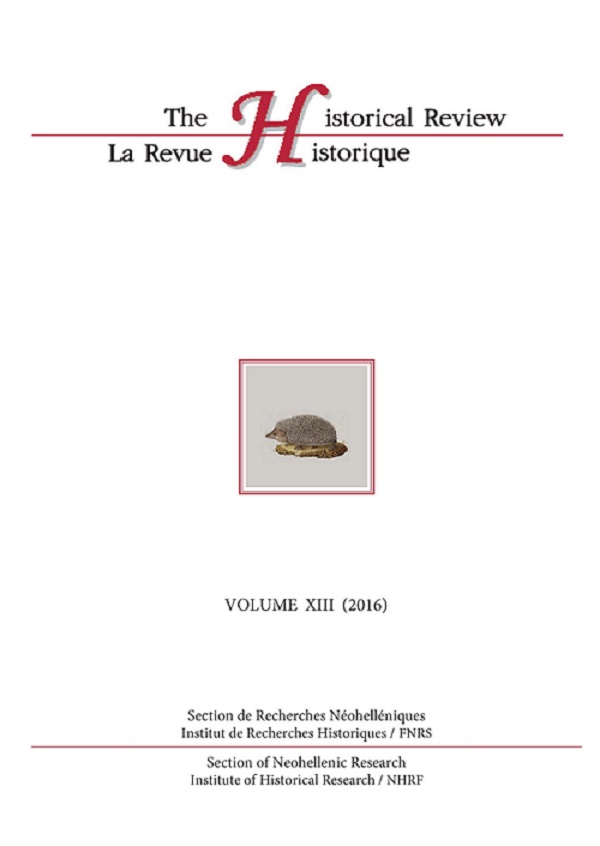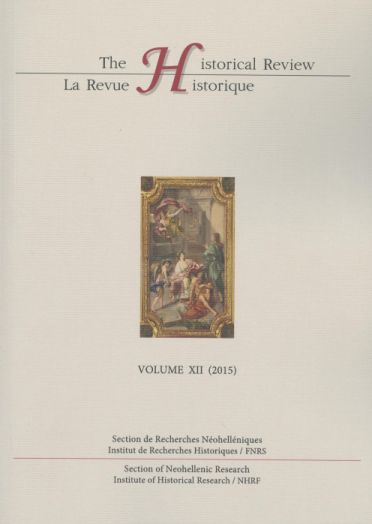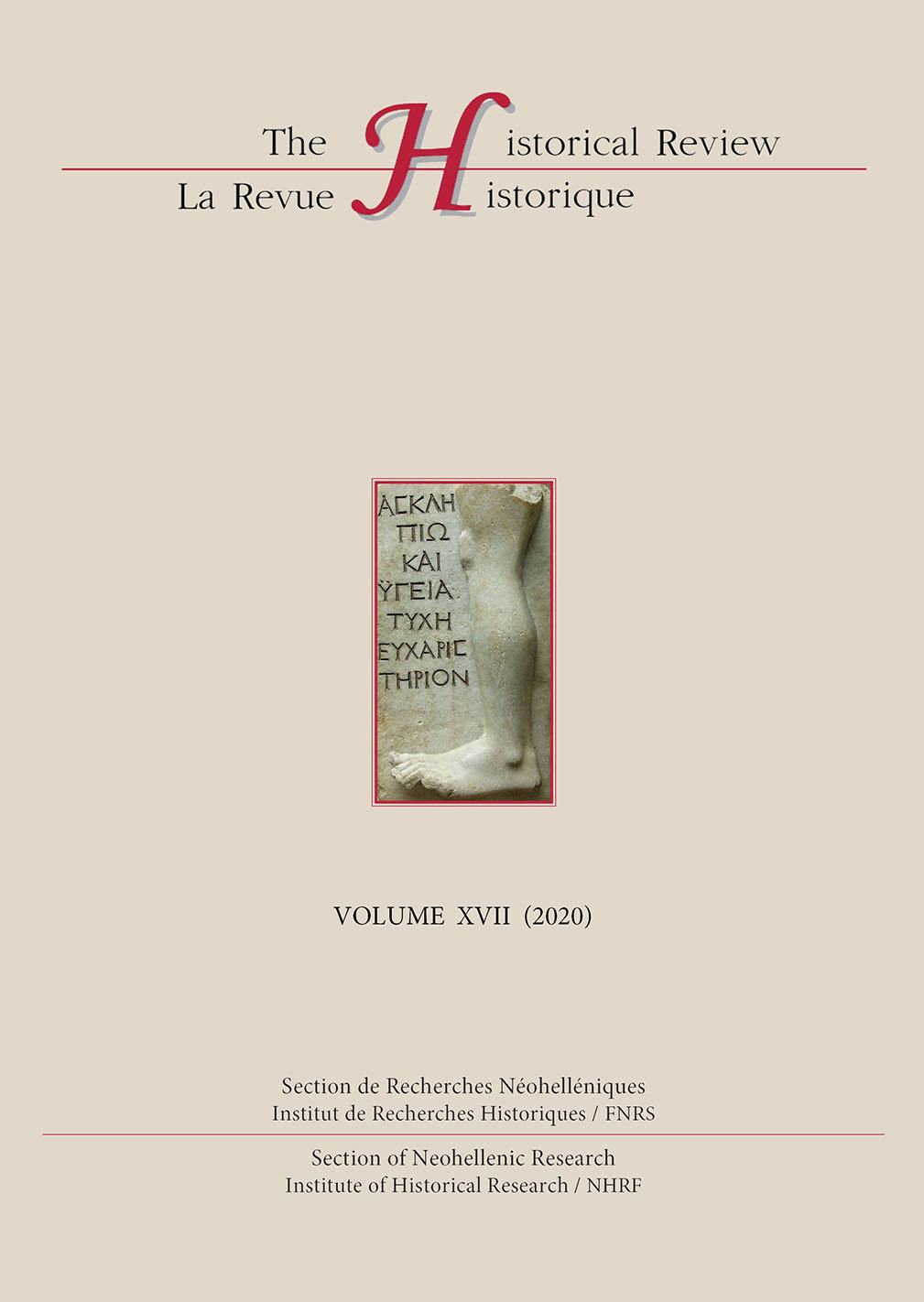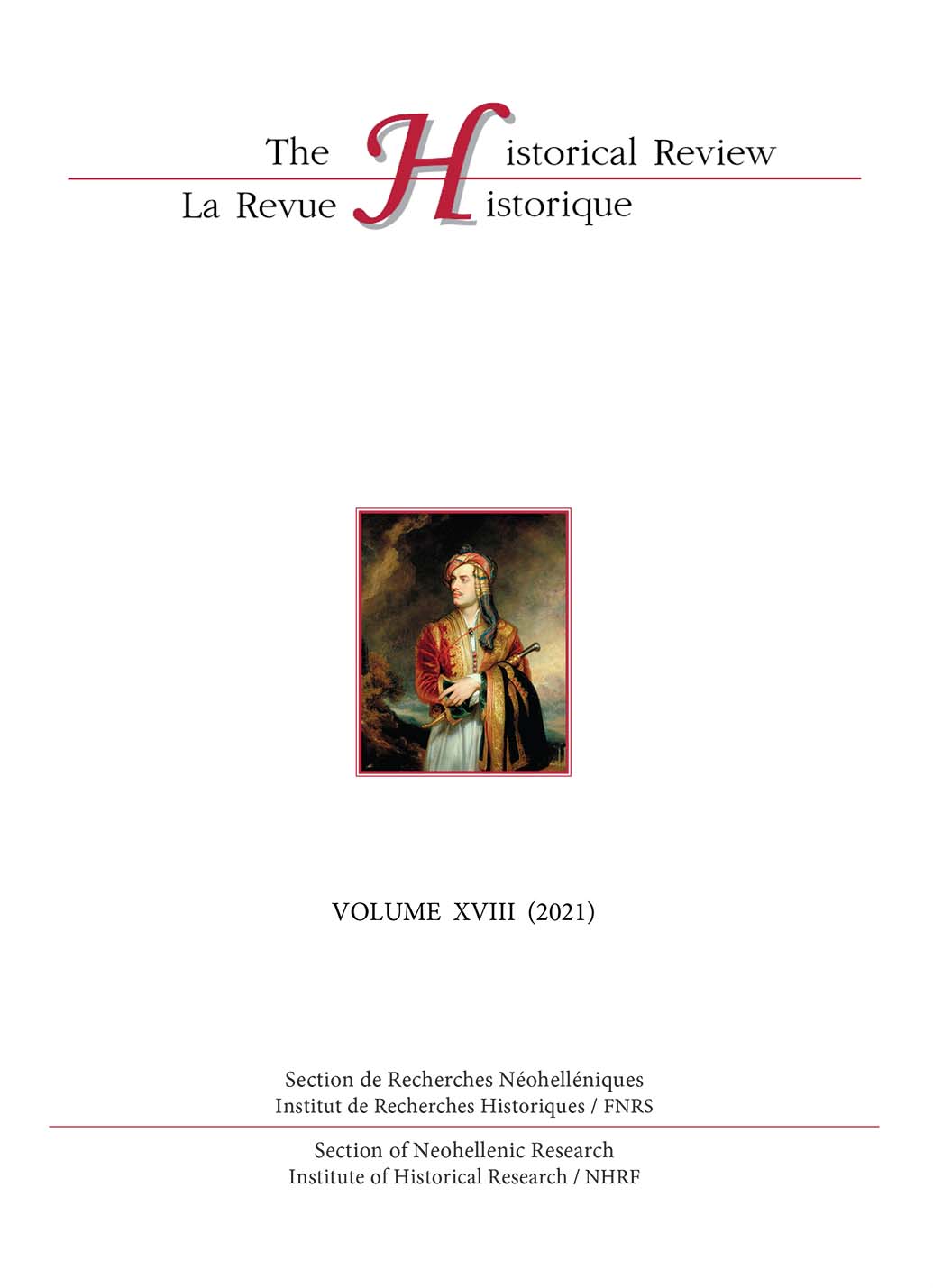The Itineraries of the Orthodox Painters in the Eighteenth Century: The Common Aesthetics in South-East Europe
Abstract
During the eighteenth century, the aesthetic preferences of the Orthodox Christian population in the Balkans continued to depend upon the tradition of Byzantine art, which had been the case throughout the period following the Fall of Constantinople. The painters were scattered all over the Balkans, where the Orthodox population had been accustomed since previous centuries to the tastes emanating from Byzantine artistic tradition. The Patriarchate of Constantinople and Mount Athos played a crucial role, on account of their religious and political status, in the movements of Orthodox painters, whose missions and apprenticeships they regulated to a considerable degree. The great number of paintings, the observation of the itineraries of Orthodox painters throughout the Balkan area of the Ottoman Empire and the shared aesthetic of these works supply evidence of the development of a common painting language among the Orthodox population of South-East Europe during the eighteenth century, just before the formation of the nation-states.
Article Details
- How to Cite
-
Drakopoulou, E. (2009). The Itineraries of the Orthodox Painters in the Eighteenth Century: The Common Aesthetics in South-East Europe. The Historical Review/La Revue Historique, 5, 21–39. https://doi.org/10.12681/hr.219
- Section
- Articles
The copyright for articles in this journal is retained by the author(s), with first publication rights granted to the journal. By virtue of their appearance in this open access journal, articles are free to use with proper attribution in educational and other non-commercial sectors. The Historical Review/La Revue Historique retains the right to publish papers that appear in the journal in collective volumes published by the Institute for Neohellenic Research/National Hellenic Research Foundation.
Sample acknowledgement: Reprinted with permission from the author. Original publication in the The Historical Review/La Revue Historique www.historicalreview.org
This work is licensed under a Creative Commons Attribution-NonCommercial-ShareAlike 4.0 Greece License. To view a copy of this license, visit http://creativecommons.org/licenses/by-nc-sa/4.0/ or send a letter to Creative Commons, 543 Howard Street, 5th Floor, San Francisco, California, 94105, USA








